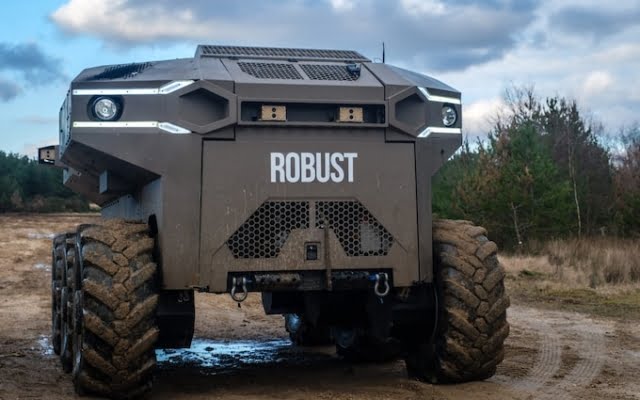 Israeli defense contractor's Robust unmanned tank is at the forefront of modern armies' automation efforts
Israeli defense contractor's Robust unmanned tank is at the forefront of modern armies' automation efforts
Near Dorchester, Dorset, the future of warfare is being tested .
Last month, the Army began testing self-propelled tanks at its Armored Vehicle Test and Development Unit at Bovington, an army base that also houses the British Army. tank museum.
Autonomous, heavily armored vehicles that roam the landscape are seen as the future of the battlefield, acting as scouts and scouts for infantry.
The benefits are clear: sending troops into a city filled with booby traps and snipers is a risk, but sending a five-ton tank that drives by itself is much safer.
As with the self-driving car race, there are many companies striving to become leaders. the first to bring an autonomous tank to the battlefield.
Including Elbit Systems UK, part of the Israeli defense company of the same name.
The Elbit Robust self-propelled tank, better known for its Watchkeeper reconnaissance drone developed jointly with the French Thales — or, if you give the vehicle its formal classification, a heavy unmanned ground system (H-UGV) — was among the vehicles tested by the army in Dorset.
The six-wheeled giant that rides on tires rather than tracks looks like a cross between WALL-E and the Batmobile.
«It's designed to take on missions where you'd rather not put people at risk,” says Martin Fossett, CEO of Elbit Systems UK.
Robust and other self-driving tanks in development are equipped with cameras, microphones and other sensors, allowing them to send vital battlefield data to the base even during shelling.
Vehicles can also move supplies without tying up soldiers, not sleep, unlike human troops, and consume little energy when stationary.
As with smaller bomb-disposal robots, despite being tank-like in size, these vehicles also offer a closer look at unknown threats compared to airborne drones.
However, they are not only useful assistants on battlefield. they will also be able to launch an offensive.
“His size and physical presence is such that you can get very good cross-country performance, and if you need, you can, you can put weapons on him,” says Fosse.
“You can put a turret on it, you can put missiles on it, and you can launch drones from it.”
As with military drones, there will always be a human behind self-driving tanks with offensive capabilities to make sure when the trigger is pulled, judgment is used.
However, when it comes to collecting information, machines will also follow the trend of using artificial intelligence to sift through data in search of the most useful nuggets to influence.
< p>In this regard, it joins other advanced military technologies that collect gigabytes of data, such as Tempest. next generation fighter aircraft being developed by the UK, Italy and Japan.
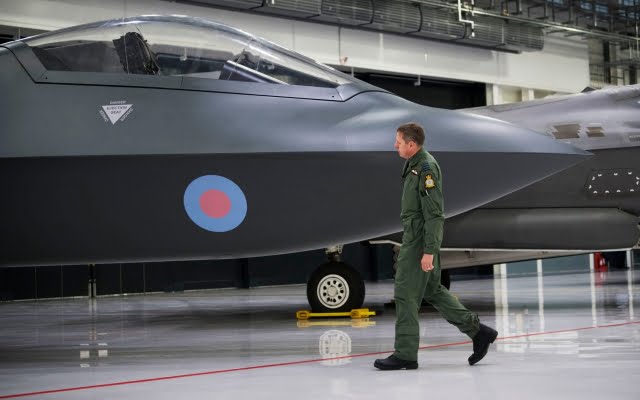 Other next generation military vehicles such as Tempest fighters are also should have AI built into their operating systems. Photo: David Rose
Other next generation military vehicles such as Tempest fighters are also should have AI built into their operating systems. Photo: David Rose
Despite sophisticated technology, vehicles like the Robust are lighter than a human-driven tank.
You can do without protection systems against threats such as poisonous gas and functions, including air conditioning. The armor can also be thinner, which reduces costs.
Prices are yet to be determined and will depend on the specific requirements of the army for vehicles, says Fausset.
However, Kuldar Väersi, chief executive of Milrem, an Estonian firm also developing an autonomous tank, says: «The price of such systems will be significantly lower than modern IFVs, but the firepower and mobility will be the same or higher.
» The vehicles themselves are three to four times lighter than traditional IFVs and are more versatile in various terrains.
«Because they don't have habitable compartments, they're also lower with less visual visibility» which is useful for evading detection.
Once deployed, the Milrem Type X, which has also been tested by the army, will be able to detect obstacles and the best route to follow, as well as control its own internal detection systems. parts that need to be replaced.
The Type X will be “a smart wingman for main battle tanks and infantry fighting vehicles,” says Väärsi.
“Compared to a crewed vehicle, replacing a lost combat a robotic vehicle is a purely logistical nuance,” he adds.
Tanks can accompany armed units or leave on their own. According to Elbit's Fausset, their groups can serve as sentries along the contested border.
Milrem and Elbit are relatively small players in the multi-billion dollar defense market. However, the largest defense companies in the UK are also developing competing technologies.
BAE Systems is working with Qinetiq on combat vehicles, which can be either manned or autonomous.
Qinetiq is known for its combat robots, who can dispose of bombs and deal with other nasty situations like nuclear or chemical spills.
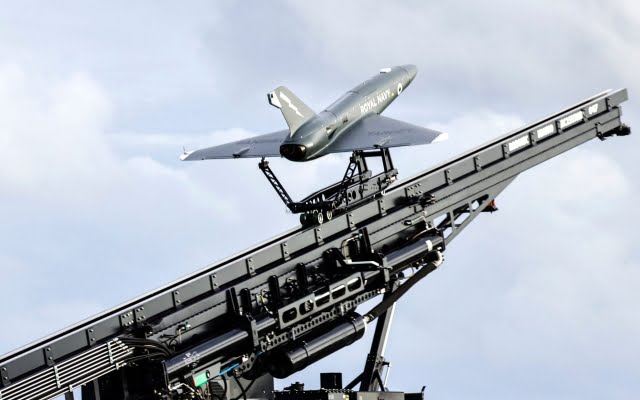 The Royal Navy is experimenting with QinetiQ Banshee drones to defend against fast aircraft and missiles. Credit: Lphot Ben Corbett/Royal Navy/Crown Copyright
The Royal Navy is experimenting with QinetiQ Banshee drones to defend against fast aircraft and missiles. Credit: Lphot Ben Corbett/Royal Navy/Crown Copyright
BAE has already installed autonomous technology on Australian Army M113 AS4 armored personnel carriers to help Department of Defense officials experiment with the new equipment.
In the US, BAE has developed a prototype robotic tank that can reach speeds of up to 45 miles per hour and can fire at drones and other targets from three miles away.
With a hybrid engine, it can also move silently for six miles and overcome slopes of 60 degrees.
Autonomous tanks will not only save personnel from dangerous situations, but also reduce the number of trained soldiers, required for tasks such as guard duty and logistics close to the front lines.
Fosse added: «You could set a boundary to fence yourself in with these types of vehicles, allowing you to both detect electronic threats and jam them.
«You can surround yourself with remote vehicles with this suppression equipment, in order to get better protection as a result.”
This is a boon for the British Army, which is currently in the process of reducing its total regular strength to 72,500 by 2025, the lowest figure in two centuries.
The reduction constant strength means every soldier has to do more, and automation offers a helping hand.
While smaller robotic units already exist, the weight of an automated tank brings new benefits, says Fossett.
By the time they can be used, an Elbit competitor could be seen soon if a buyer comes along.
“I think we're very close,” says Fossett. “Honestly, I think in a year or two someone will take advantage of this.”












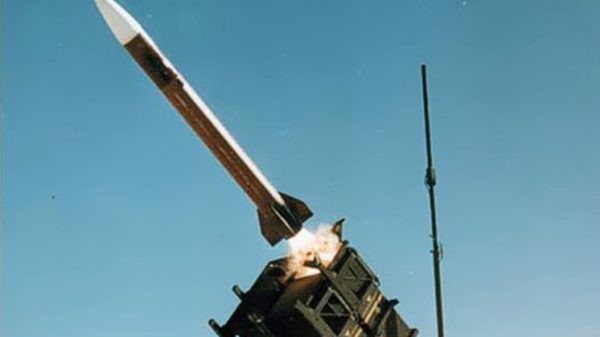
























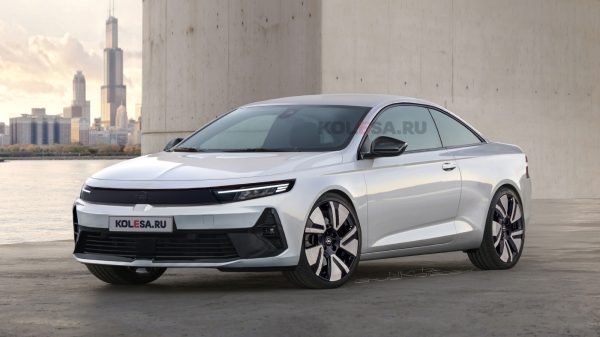




















Свежие комментарии